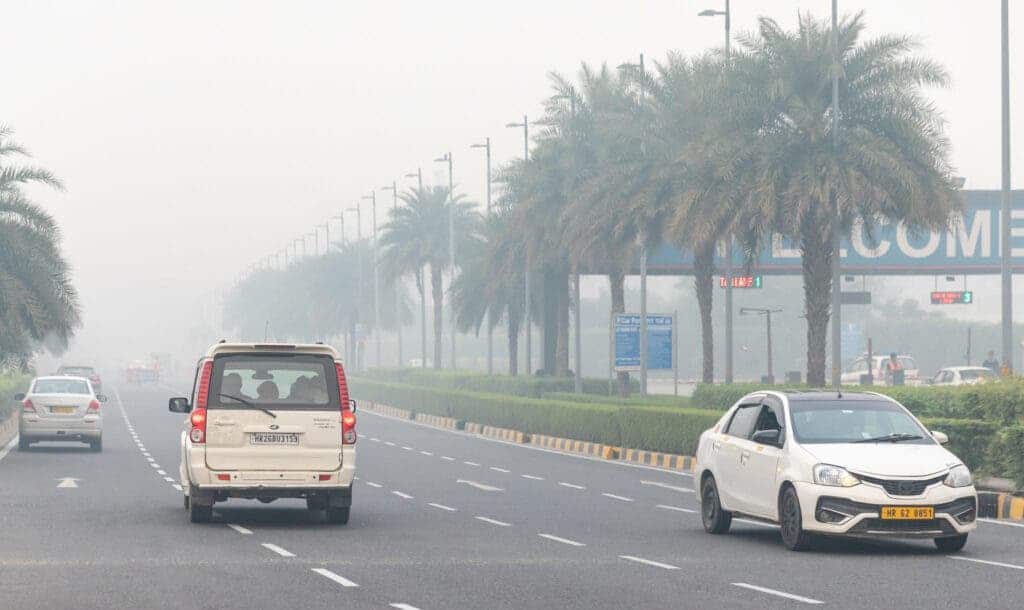A widespread haze and pollution that has affected large parts of India since October is likely to remain there for at least another month, according to a forecast by the Copernicus Atmosphere Monitoring Service (CAMS). This means people will continue to be exposed to dangerous emissions that can significantly reduce their lifespan and cause multiple health issues.

The phenomenon has affected several countries across South Asia but India has been the most severely hit, especially in its north-eastern areas. High levels of fine particulate matter known as PM2.5 were reported in cities like New Delhi, India, Lahore, Pakistan, and Kathmandu, Nepal. The air quality in New Delhi has remained in the “poor” category since January, worsened by the current cold temperatures which favor the appearance of smog.
Mark Parrington from Copernicus said in a statement:
“Degraded air quality is common across northern India in winter, especially throughout the Indo-Gangetic Plain, due in part to emissions from anthropogenic activities such as traffic, cooking, heating and crop stubble burning which are able to accumulate over the region due to topography and cold stagnant conditions.”
Scientists from Copernicus regularly monitor air pollution using satellite information, ground-based observation, and detailed computer models. They have been regularly tracking the phenomenon in South Asia and identified sulfate and organic matter as the main contributors to the haze. They believe it will come to an end in spring thanks to warmer temperatures and changes in the weather.
Many studies have shown that chronic exposure to harmful gases and small particles such as PM2.5 can have adverse health effects, reducing life expectancy by more than eight months on average and by two years in the most polluted cities and regions. A study earlier this year even suggested air pollution could be responsible for 1 in 5 adult deaths worldwide.

Cities across India frequently make the top of the ranking of the most polluted cities worldwide, and this isn’t random. New Delhi and many others are subject to a severe smog season every year as burning farmland combines with fossil fuel pollution, enveloping urban centers during cold months when demand for heat is high and air circulation is reduced.
Copernicus’ report follows a recent study by Harvard University researchers, who found that 2.5 million Indians died from air pollution in 2018. The study concluded that previous estimates of deaths caused by long-term exposure to airborne toxic particles were too low. Instead of the previously estimated 4.2 million global deaths, they said the number was closer to eight million.
Previous research used satellite and surface observations to estimate the average global annual concentrations of airborne particulate matter – neither of which allows to distinguish the difference between fossil fuel emissions and those from other sources. To overcome this challenge, the Harvard researchers used a global 3-D model of atmospheric chemistry called GEOS-Chem.
“Often, when we discuss the dangers of fossil fuel combustion, it’s in the context of carbon dioxide and climate change and overlook the potential health impact of the pollutants co-emitted with greenhouse gases,” author Joel Schwartz said in a statement. “By quantifying the health consequences of fossil fuel combustion, we can send a clear message to policymakers and stakeholders of the benefits of a transition to alternative energy sources.”






